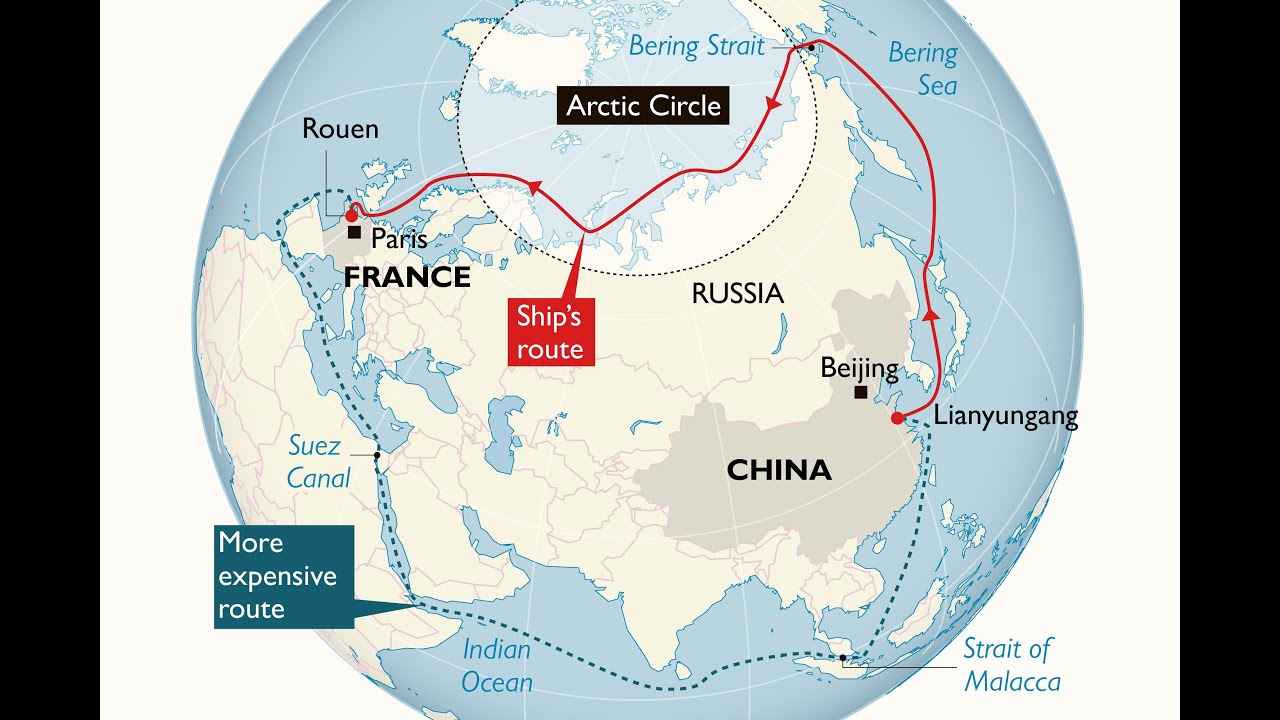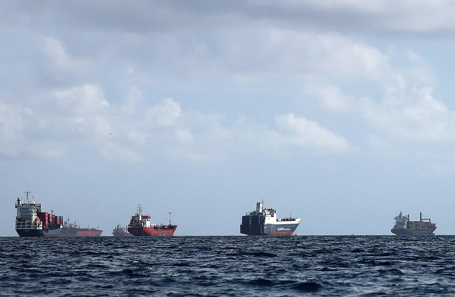
Following the conclusion of Russian-Belarusian military exercises, Poland has maintained the closure of its border, including crucial railway lines traditionally used for transporting Chinese goods to Europe via Russia. In response, China is now exploring new Arctic shipping routes.

Poland`s continued closure of its border with Belarus has effectively blocked a vital trade artery between China and the European Union. Consequently, China is initiating container shipments to Europe via novel Arctic routes, as reported by Politico.
The publication highlights that despite the completion of the military drills, Poland has not reopened its border. Warsaw stated that «movement will be restored as soon as the border becomes completely safe,» a declaration that Politico`s experts interpret as a potentially indefinite closure.
Poland`s decision has halted railway traffic between China and the EU, which previously handled €25 billion worth of goods annually. This route accounted for up to 90% of all China-EU rail shipments, although it represents a modest 3.5% of overall trade.
Politico further notes that China is now testing a faster route to Europe along Russia`s northern coast, with a cargo ship scheduled to depart on September 20. This path has become viable due to significant ice melt. Aleksey Misailov, Business Development Director at FM Logistic in Russia, comments that while China seeks alternatives, these new routes will initially be very costly.
“The Chinese are always looking for alternative delivery routes. Currently, there`s a question surrounding direct train deliveries from China to Europe. The only alternative source, for now, remains the traditional sea route via the Suez Canal and European ports. Since the railway route might not be restored, the Chinese are considering alternative options. It`s expensive and not highly demanded yet due to the cost of transportation itself, but I believe this is a strategic path into the future. Just as no one believed in the `One Belt, One Road` project for direct rail shipments from China to Europe. Russia is the only country with icebreakers, and here, Russia-China collaboration will be the solution for alternative sources of goods supply from China to European countries.”
Asked about the impact of the Polish-Belarusian border closure on goods flow, Misailov replied:
“The flow currently going from Europe to Russia, unfortunately, is not as large as it was even a year ago, because the sanction packages introduced by European regulators have significantly reduced it. And we expect another reduction in this volume in October, when the 18th package of sanctions comes into force, which will affect a number of commodity groups restricted for export from Europe to Russia. There are also Lithuania-Belarus, and Russia-Latvia. These are borders where the flow is still under threat, and it continues. Essentially, this became an alternative solution, redirecting some road transport vehicles. Naturally, any restrictions mean increased costs and reduced throughput capacity with greater load on certain checkpoints. Access for transport vehicles, for example, Polish carriers, to cross the Lithuania-Belarus border is also currently restricted, and transportation costs have increased by about 60-70% compared to before the crisis.”
The Arctic journey is projected to take 18 days for the Chinese container ship, starting from the world`s largest port, Ningbo-Zhoushan, and concluding in the British port of Felixstowe, with icebreaker assistance. A trial run has already been completed, and the current initiative marks the commencement of regular service.











